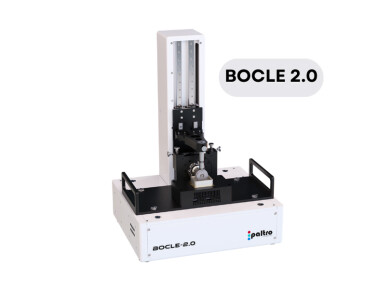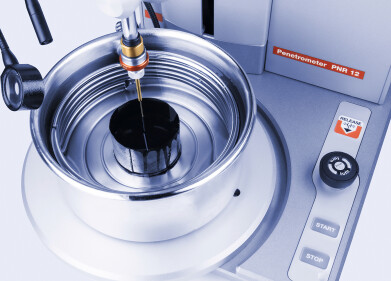Measurement and testing
6 Types of Lithium Batteries
Oct 04 2022
While all lithium ion batteries are designed to deliver power to a source, not all feature the same chemistry, energy materials and technology. Within the lithium ion umbrella are several different types of battery, which we explore in more detail below:
-
Lithium Nickel Manganese Cobalt Oxide (NMC)
Nickel, manganese and cobalt are combined to manufacture NMC cathodes. This creates a highly stable battery with impressive specific energy. This term is measured in watt-hours/kilogram (W-hr/kg) and describes how much energy a battery can store, relative to its weight. For this reason, NMC batteries are used for high-load applications like e-bikes, e-scooters and EVs.
-
Lithium Iron Phosphate (LFP)
LFP batteries feature a phosphate cathode and a graphitic carbon electrode anode. Benefits include excellent thermal stability and a long life cycle. Most LFP batteries boast a thermal runway threshold of around 270°C, which makes them one of the safest lithium ion battery technologies available.
-
Lithium Nickel Cobalt Aluminium Oxide (NCA)
When it comes to specific energy, NCA batteries offer excellent performance. They can deliver a high current for long periods, which makes them the battery of choice for EV manufacturers like Tesla. Price is a barrier, a factor that will continue to fuel demand for internal combustion engines over the coming decade.
-
Lithium Cobalt Oxide (LCO)
LCO batteries have high specific energy and can power devices over a long period. However, they don’t offer enough power for energy-intense applications. This makes them suitable for handheld electronics like smartphones and cameras. Downsides include the high price point of cobalt and a short life span, as well as safety concerns due to low thermal stability.
-
Lithium Manganese Oxide (LMO)
LMO batteries feature a cathode made from lithium manganese oxide. This gives the LMO batteries a unique three-dimensional structure that accelerates the flow of ions, improves thermal stability and minimises internal resistance. For this reason, LMO batteries are used in handheld power tools and other high-load applications. They’re also a popular choice for EVs and hybrids.
-
Lithium Titanate (LTO)
Rather than focus on the chemistry of the cathode, LTO batteries spotlight the anode. Lithium titanate is used to create batteries that are safe, efficient and long lasting. LTO batteries charge exceptionally fast, making them ideal for EVs. They’re also coveted for solar and wind energy storage infrastructure, telecommunications systems, military equipment and even aerospace applications.
From the anode and cathode to the electrolyte solution, lithium ion batteries are made up of several different components. Each has its own special function. Find out more about the anatomy of a cell in ‘Lithium Ion Batteries: Types, Testing & Uses’.
Digital Edition
PIN 25.6 Buyers' Guide
January 2025
Buyers' Guide Directory - Product Listings by Category - Suppliers Listings (A-Z) Articles Analytical Instrumentation - ASTM D7042: The Quantum Leap in Viscosity Testing Technology -...
View all digital editions
Events
Jan 25 2025 San Diego, CA, USA
SPE Hydraulic Fracturing Technology Conference and Exhibition
Feb 04 2025 The Woodlands, TX, USA
Feb 05 2025 Guangzhou, China
Trinidad and Tobago Energy Conference 2025
Feb 10 2025 Point Lisas, Trinidad
Feb 11 2025 Lagos, Nigeria



















